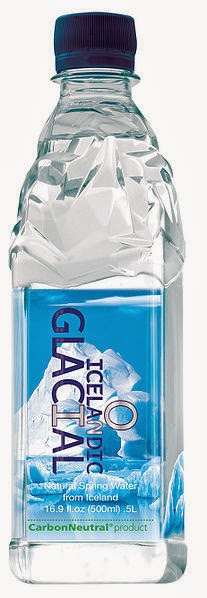
Biochar Buries Fossil
What is biochar?
Biochar is charcoal made by heating biomass in a low/no oxygen environment. Biochar can store
large amounts of carbon in the ground for centuries, like putting coal back in the mines.
Where would this biomass come from?
Rotting leaves return as much CO2 to the atmosphere
as the plants took in to make them. All we have to do
is rake them up and turn them into biochar to keep
all that carbon in the ground.
How much decaying biomass is there?
The natural decay of organic material in forests
and grasslands and the action of forest fires results
in the release of about 439 gigatonnes of CO2 every
year (IPCC). In comparison, human activities only amount
to 29 gigatonnes of CO2 per year.
Who would pay for it?
Adding biochar to soil improves fertilizer and water retention,
reduces nutrient leaching, and increases crop yields. This gives
it a market value of anywhere from $1 to $50 per kilogram as a soil supplement,
depending on quality and additional fertilizer.
Would it take a lot of energy to do this?
Modern pyrolysis plants can use the syngas created by the pyrolysis process
and output 3–9 times the amount of energy required to run.
What will Big Oil do about biochar?
BP, Google Ventures, Energy Technology Ventures (GE, ConocoPhillips, NRG Energy),
and the Constellation division of Exelon are among the investors in CoolPlanet,
a developer of small scale biorefineries which convert non-food biomass into gasoline,
jet fuel, and soil enhancing biochar, which is currently building its first 10 million
gallon renewable gasoline refinery.
Are there any famous supporters?
This technique is advocated by prominent scientists
such as James Hansen, head of the NASA Goddard Institute
for Space Studies, and James Lovelock, creator of
the Gaia hypothesis, for mitigation of global warming
by greenhouse gas remediation, as well as some
climate change activists such as Al Gore.
Related Pages:
External Links:
|
|
 Fusion Expands Geothermal Opportunities.
Fusion Expands Geothermal Opportunities. Fusion Geothermal could provide numerous advantages:
Fusion Geothermal could provide numerous advantages:






 As for Fusion Power, most directions
are stalled at Hi-Energy Containment,
near the goal of "getting back more"
than the cost of the fields.
As for Fusion Power, most directions
are stalled at Hi-Energy Containment,
near the goal of "getting back more"
than the cost of the fields.  Heat sources not always available
Heat sources not always available Commercial fusion appliances exist
Commercial fusion appliances exist Fusion explosions could be small
Fusion explosions could be small Fusion power could be done this way using existing technology
Fusion power could be done this way using existing technology